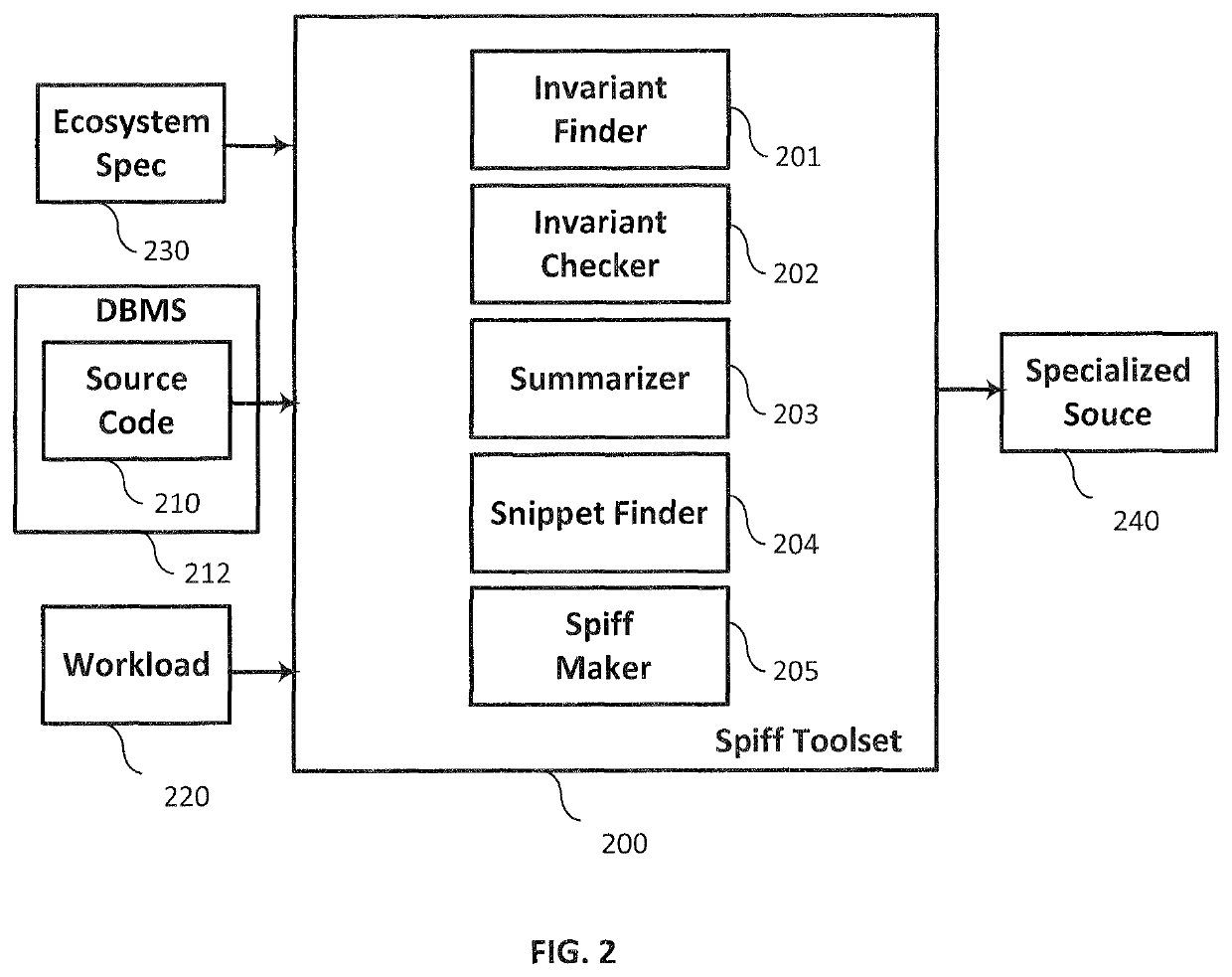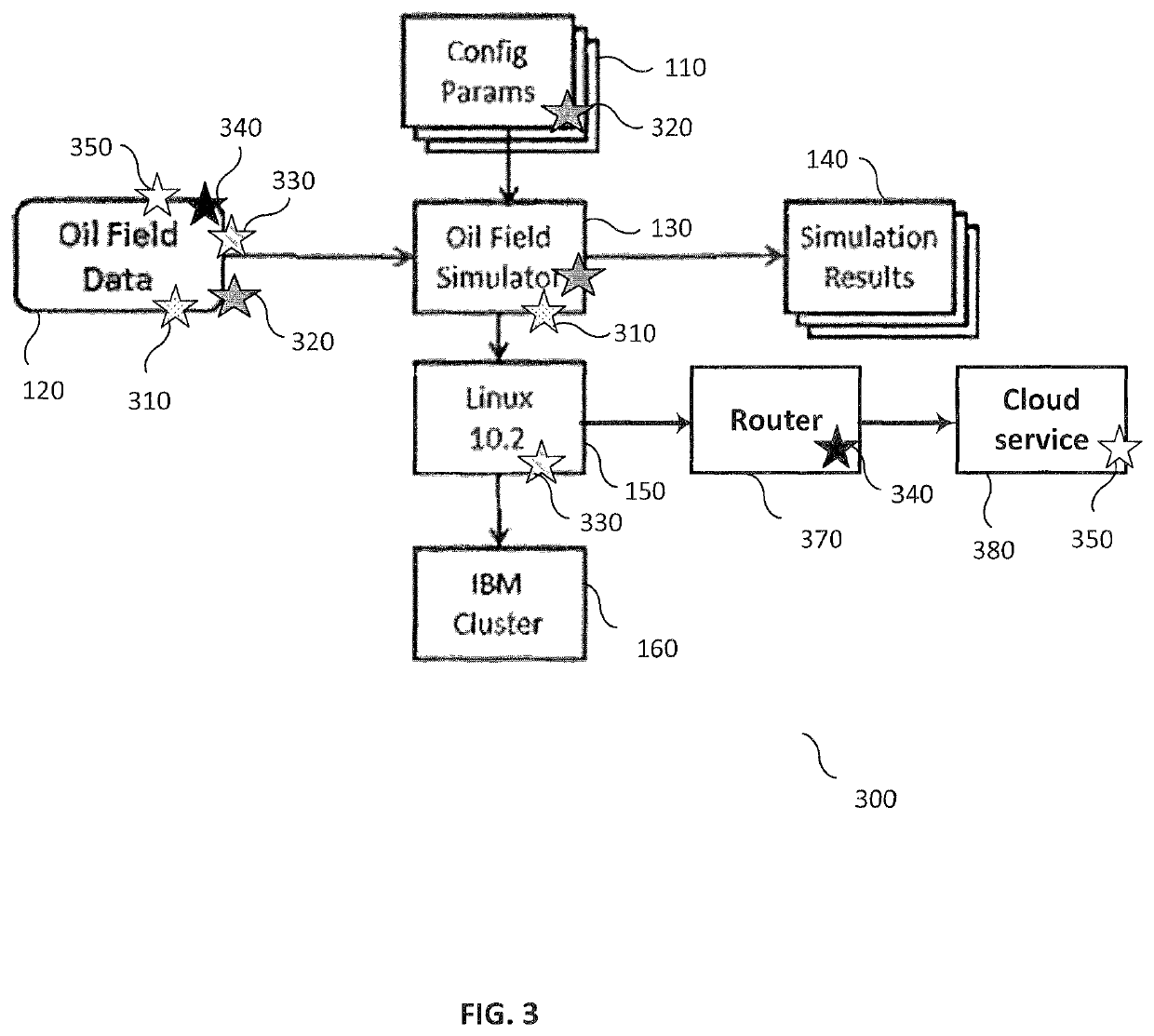Broadening field specialization
- Summary
- Abstract
- Description
- Claims
- Application Information
AI Technical Summary
Benefits of technology
Problems solved by technology
Method used
Image
Examples
example 1
on Sequence with a Small Working Set
[0149]For this first example, consider an instruction sequence S1 consisting of ten repetitions of address 11 followed by address 21 (denoted 11, 21), both of which map to slot 1. Thus the size of the working set of S1 at slot 1 is thus 2 because there are two distinct blocks. How does MaxResidency algorithm infer 2? It first sees that average instruction count is 10 (total instruction count / number of cache slots). It then sets the threshold value to be 0.5 (pressure threshold×average instruction count; cf. line 5 in Algorithm 1) to filter out slots with few accesses. Slot 0 has 0 (0.5) instructions so should be further processed. The max residency of slot 1 is . 10 / 20 is larger than the residency threshold, so the algorithm concludes that slot 1's estimated occupancy is 2 (cf. line 8 of Algorithm 2).
[0150]Now consider S2, a variant of S1 with successive accesses to the same memory block: an instruction sequence of ten repetitions of 11, 21, 21, 1...
example 2
on Sequence with a Large Working Set
[0151]Consider ten repetitions of instruction addresses 1, 11, 21, 31, 41, 51. The algorithm will compute the average instruction count as 60 / 2=30 and so filters slot 0 out. This time, the max residency of slot 1 is . This indicates that thrashing is probably going on at this slot! So it concludes that slot 1's estimated occupancy is 5 (cf. line 12 of Algorithm 2). However, the actual size of slot 1's working set is known as 6. This estimate is somewhat inaccurate but nevertheless warns that this slot is already experiencing many conflicts.
example 3
on Sequence with Multiple Loops
[0152]Consider another sequence S3 followed immediate by S4, where S3 is ten repetitions of instruction addresses 1, 11, 21 and S4 is twenty repetitions of instruction addresses 31, 41, 51, 61, 71, 81. The algorithm will compute an average instruction count of 75 and will filter slot 0 out. This time, the max residency at slot 1 is . (The first is residency of address 1, then address 11, then address 21; all others are 1.) Even the largest 10 / 150 is smaller than residency threshold. This indicates that the top W residencies do not come from the major loop. So it concludes that slot 1's estimated occupancy is 5. Based on external knowledge, the actual size of slot 1's working set is known as 7 (3+4). This example demonstrates that MaxResidency is not misguided by the small loop.
[0153]The result of this analysis is a per-operator reference I-cache MaxResidency SPP for each operator, stating the estimated occupancy of each slot, computed by running the DB...
PUM
 Login to View More
Login to View More Abstract
Description
Claims
Application Information
 Login to View More
Login to View More - R&D
- Intellectual Property
- Life Sciences
- Materials
- Tech Scout
- Unparalleled Data Quality
- Higher Quality Content
- 60% Fewer Hallucinations
Browse by: Latest US Patents, China's latest patents, Technical Efficacy Thesaurus, Application Domain, Technology Topic, Popular Technical Reports.
© 2025 PatSnap. All rights reserved.Legal|Privacy policy|Modern Slavery Act Transparency Statement|Sitemap|About US| Contact US: help@patsnap.com



